The Huawei P30 Pro adopts a four-camera design, which is a 40MP super-sensing lens (IMX650), an 8MP telephoto lens, a 20MP super wide-angle lens, and a TOF lens. Among them, 40MP and 8MP lenses support OIS optical image stabilization.
The P30 Pro features a 6.47-inch OLED panel with a full-screen screen and a hyperbolic body. The P30 is a 6.0-inch non-curved screen that supports screen fingerprint recognition. Both provide bright black, pearlescent Fritillaria, Aurora, red tea, and sky.
Other highlights of the P30 Pro are screen sound, screen fingerprint, 4200mAh large battery and 40W super fast charge / 15W wireless fast charge / reverse charge, EMUI 9.1 system, IP68 waterproof and dustproof, AR measurement, smart car key, 3D Modeling, NM expansion card, high performance Bluetooth, dual 4G dual VoLTE.
Judging from the actual hand and display proofs, the Huawei P30 Pro’s camera power is very strong. So why is this new camera with a price of 999 Euro (8GB+128GB) so good? Compared with the previous models, this time it has been upgraded in some aspects, now let us take a look.
IMX 650 small test edge dark light photo is better
The previous generation Huawei P20 Pro adopts the IMX 600 custom CMOS, which has a 1/1.7-inch, 40 MP, and can use 10 in 1 pixel to achieve a 10-megapixel output, thus improving single pixel size and enhancement.
The IMX 650 on the Huawei P30 Pro was upgraded on a sub-base basis, with a 1/1.7-inch. Although the pixel output did not change much, it was quite different on the Bayer array. Compared to the previous traditional RGGB filter, the IMX 650 replaces it with the RYYB structure (red yellow yellow blue).
Previously, Bayer arrays used green more because the human eye was more sensitive to green, and this time the IMX 650 replaced it with yellow.
Compared to a single green filter, the yellow filter is blue and red composite, which will be larger in luminous flux. Huawei P30 Pro will have 40% more light input, and the larger light input will be greatly improved.
Comparing the colour sensitivity of sensors, the variant Bayer array of RYYB
In addition to RYYB, there are other Bayer array variants:
From the actual sample, Huawei P30 Pro is still doing a good job.
In the previously officially promoted camera function, Huawei P30 Pro has the ability to shoot ultra-dark light, ISO even up to 409600, plus the IMX 650’s greater light input, Huawei P30 Pro can easily cope with the night shooting environment.
At the press conference, Yu Chengdong described that the super sensitivity of Huawei P30 Pro can be used in extremely dark environments, and only need to take a photo, not multiple composites. I can only say that the Huawei P30 Pro’s algorithmic progress is indeed It is very big.
The P30 is equipped with a Leica three-shot combination, including an 8-megapixel telephoto lens (F2.4), a 16-megapixel super wide-angle lens (F2.2), a 40-megapixel wide-angle lens (F1.8), and a P30 Pro upgraded to a Leica four which includes a 20-megapixel super wide-angle lens (F2.2), a 40-megapixel wide-angle lens (F1.6), an 8-megapixel periscope telephoto lens (F3.4), and a TOF depth of field lens.
The Huawei P30 Pro places the image sensor vertically in the phone and aligns it along an optical axis parallel to the body. Then a mirror is used to reflect the light entering the camera to the lens and image sensor. It creates an equivalent focal length that is longer than the mounting orientation of a conventional camera (ie, on the surface of the phone towards the outside), enabling optical zooming over longer distances.
P30 Pro supports 5x optical zoom, 10x hybrid zoom, 50x digital zoom, equivalent focal length 16-1343mm, support dual OIS optical image stabilization, AIS smart anti-shake, 16mm super wide-angle shooting, 2.5cm super macro shooting, AI HDR + backlight portrait.
Periscope 10x hybrid zoom, 50x digital zoom
When the major mobile phone manufacturers raised the bar in mobile phone camera field, Huawei P30 Pro as the flagship of the camera naturally has to come up with more excellent technology. This time, the Huawei P30 Pro came up with an upgrade on the focal length – zoom capability.
At a zoom distance of less than 3x, the phone does not use a telephoto lens for zooming but instead achieves all zooms with a super-resolution algorithm that combines several Raw frames into one high-resolution frame and then crops the picture.
When using the 5x zoom, the camera relies entirely on the telephoto lens for zooming, and when using zoom shooting between 3 and 5 times, the image is generated by combining the image data of the main camera and the telephoto camera. The centre’s best detail image data comes from a 5x telephoto lens.
Compared with the vertical lens structure, the Huawei Periscope lens module is placed flat inside the mobile phone, and the internal oblique prism is used to refract light, and the lens is directly passed through the lens for imaging.
This is equivalent to shifting the thickness of the mobile phone to the increase of internal space, so this poses a new challenge to the internal structure design of the mobile phone.
The zoom is not completely done by hardware alone, and the software is equally important. The P30 Pro uses what Huawei calls a “field of view fusion” system that combines optical zoom with an algorithm-driven digital zoom to switch cameras based on the selected magnification factor.
Here are the test scores by the DXOMark Labs for Huawei P30 Pro Camera:
Bokeh Image Sample by DXOMark
At present, the Huawei P30 Pro has 5x optical zoom, 10x hybrid zoom and 50x digital zoom capability. Let’s start with proofs given by DXOMark:
Image source: DXOmark
It can be seen from the figure that its zooming ability is still quite strong. From the perspective to the close-up, although the digital zoom has no lack of noise and blurring marks, the details of the cheetah surface texture are clearer.
In the mid-range zoom, the overall performance of the cheetah is the best, the sharpness is outstanding, and the hair details are kept very complete.
The periscope telephoto structure can solve the problem of increasing thickness, but we also know that the light will be attenuated after the light is refracted. Therefore, the telephoto of Huawei P30 Pro should also be synthesized by multi-focal photos to improve the definition…
If the main camera has an upgrade of the IMX 650 and telephoto with a periscope structure, then the super wide-angle lens and the TOF 3D lens will further add to the gameplay.
We believe that we are all very familiar with the super wide-angle game. This time, the Huawei P30 Pro is equipped with a 17mm ultra wide-angle lens for a larger camera viewing angle. Of course, this lens also has a macro capability of 2.5cm focusing distance, which can capture more microscopic scenery.
In addition, Huawei P30 Pro also added a TOF 3D lens. Last year, Huawei’s Mate 20 series adopted 3D structured light on the front and used da eep camera to explore functions such as scanning modelling animation. This time, the Huawei P30 Pro supports ARCore, which can model objects with a depth camera.
In addition to taking pictures, the Huawei P30 Pro also enhanced the photographic gameplay and added the dual-view camera function. With different focal length lenses for simultaneous recording, you can see panoramas and close-ups in one screen, bringing more play to everyday cameras.
Compared with other camera phones on the market, Huawei is using its powerful hardware capabilities to build its own moat and play its own signature cards.
Sources:
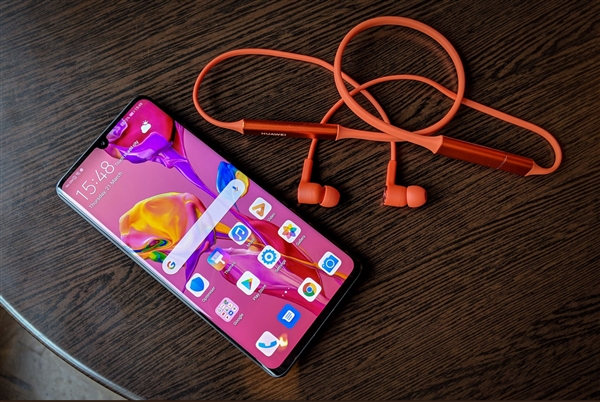

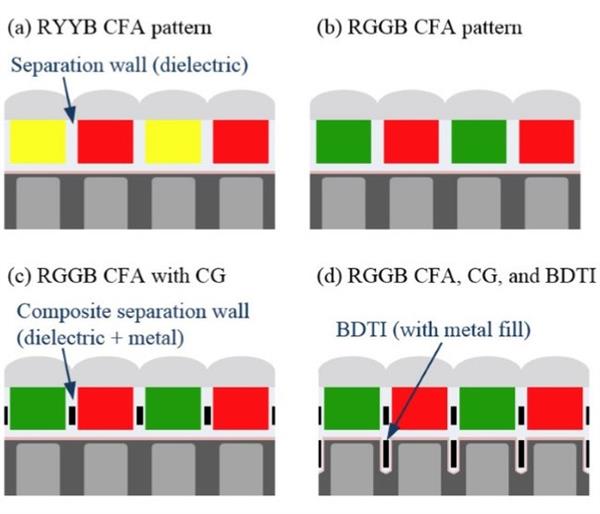
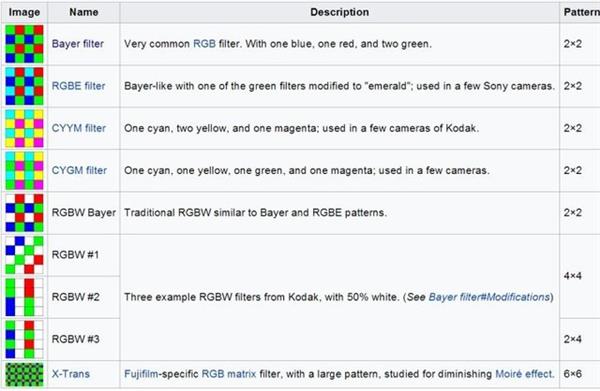


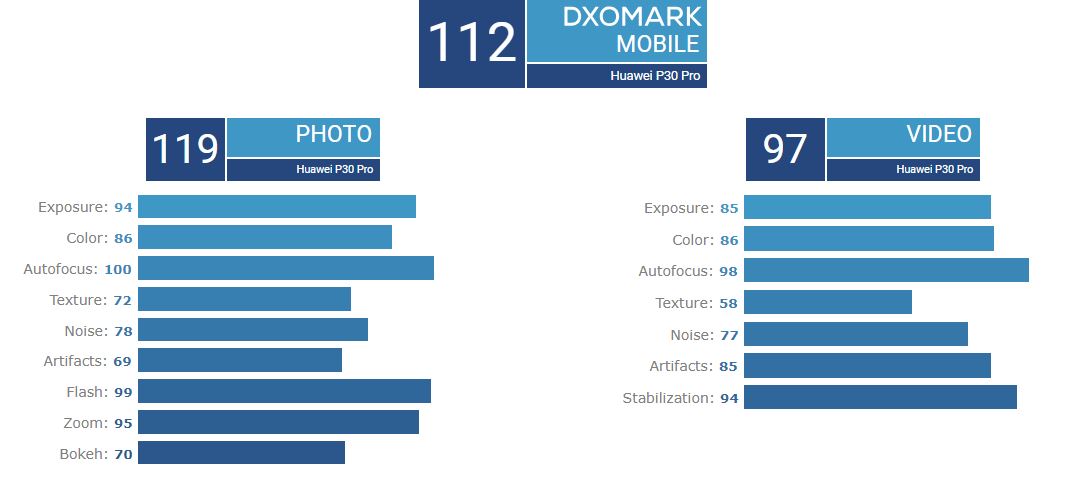

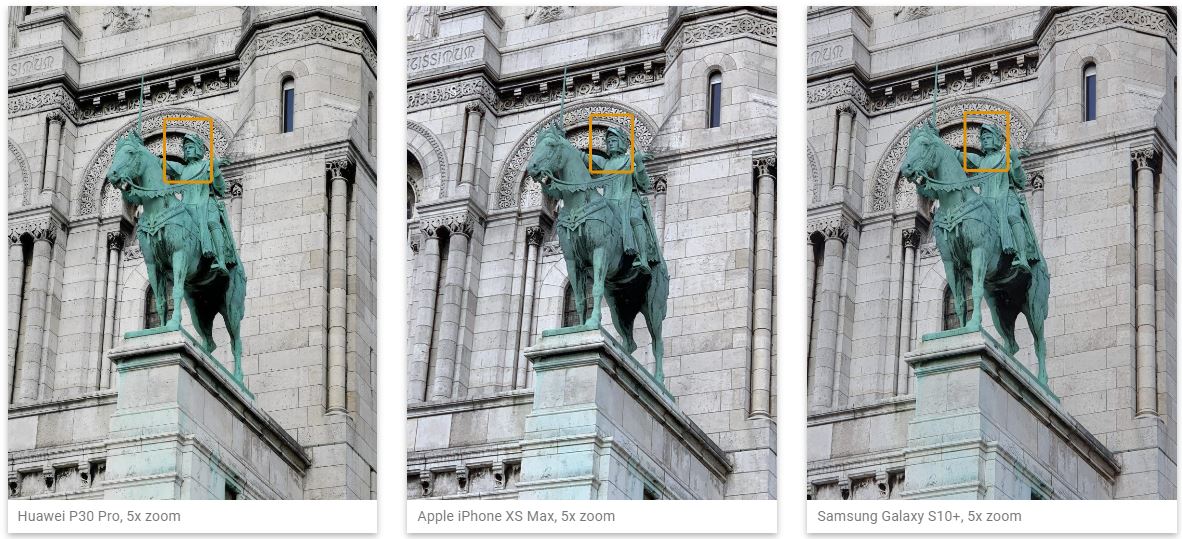
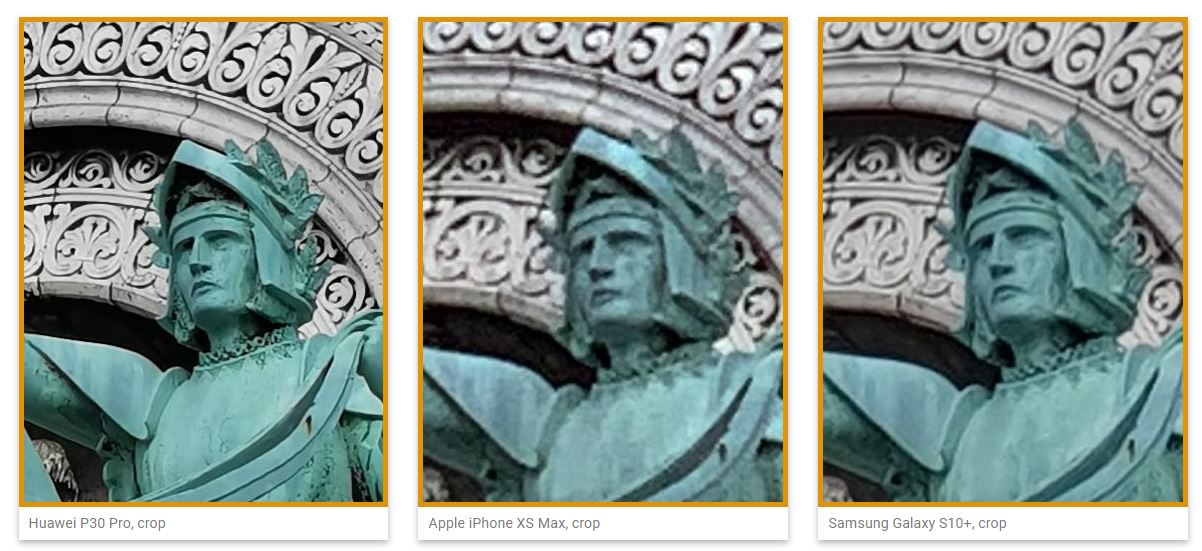
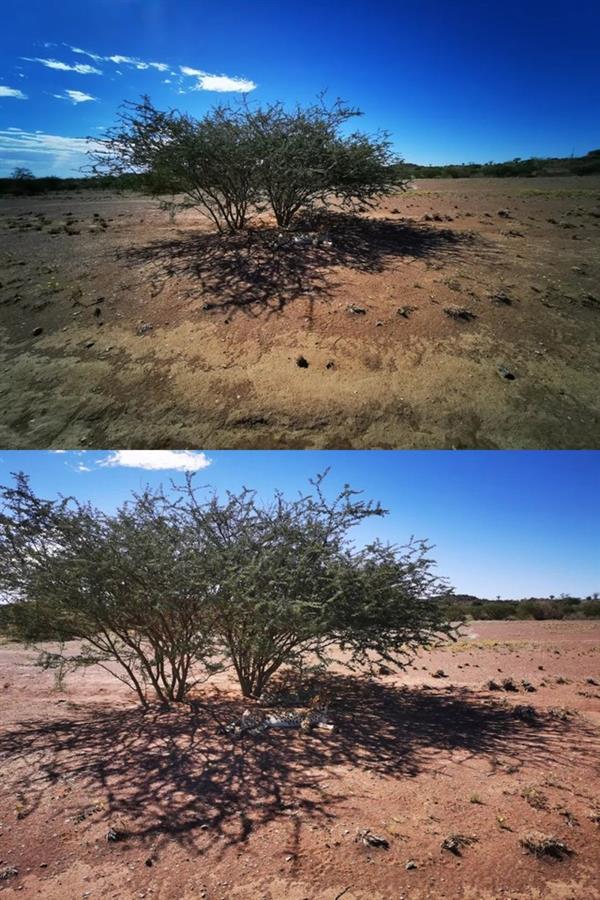


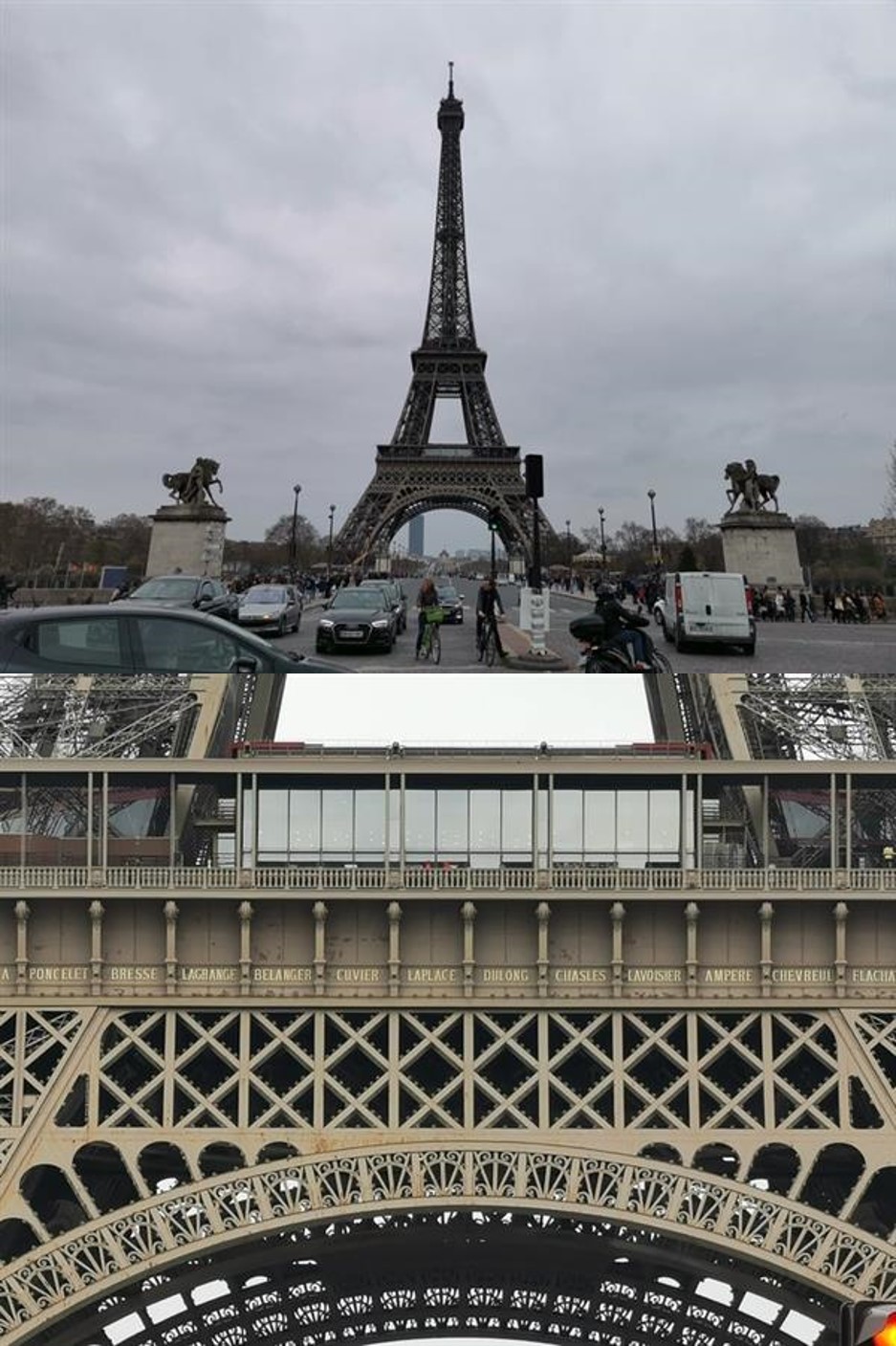


Related Posts
SJCAM C300 Action Camera Review – Budget Alternative to GoPro
What we can expect from the upcoming GoPro Hero 10 Black
EZVIZ C6N Review: Smart Home camera with IR night vision
7 Best and Affordable Digital Cameras of 2020
What is Pill Camera Technology in the size of a capsule?
Why laptop cameras are not as good as smartphone cameras?